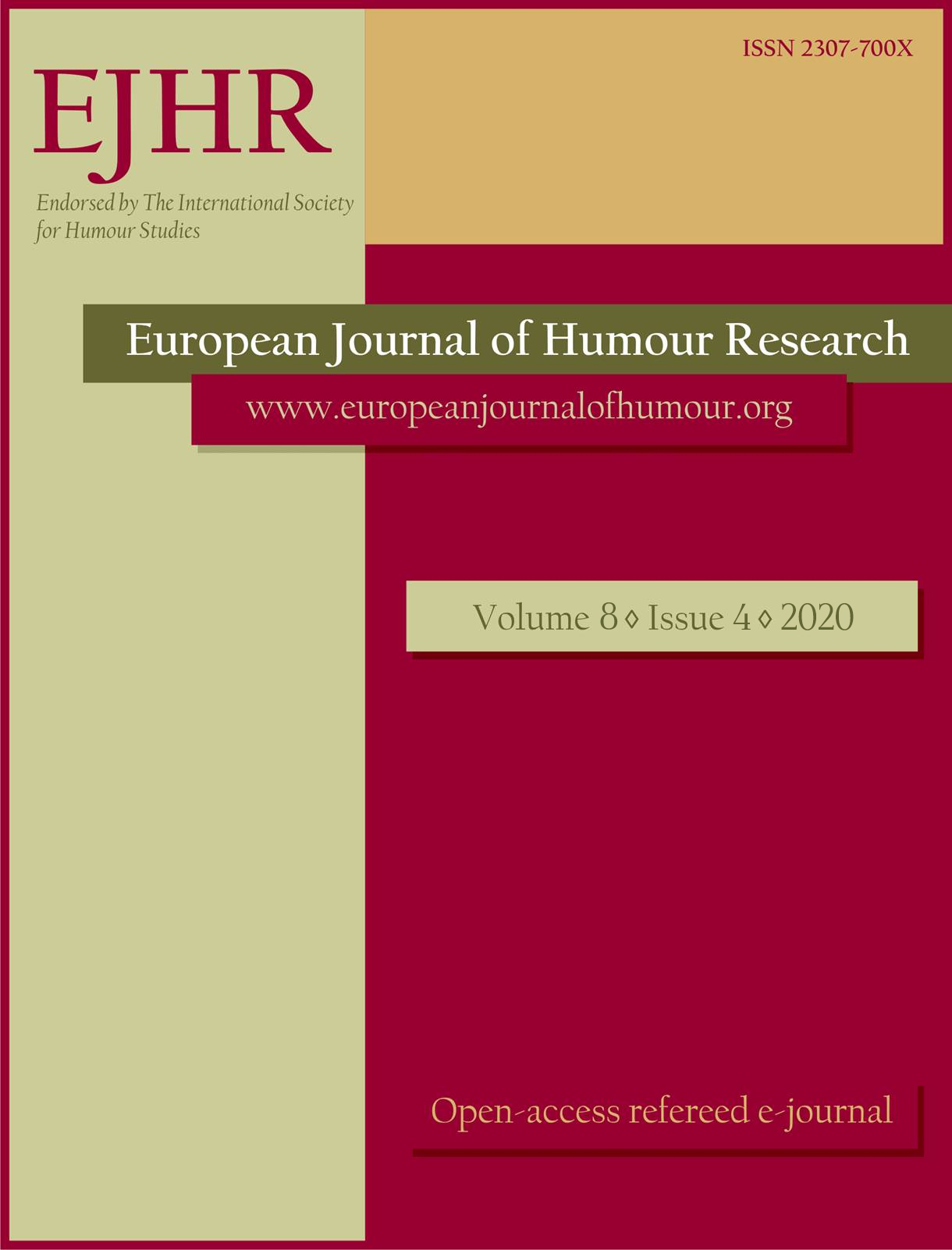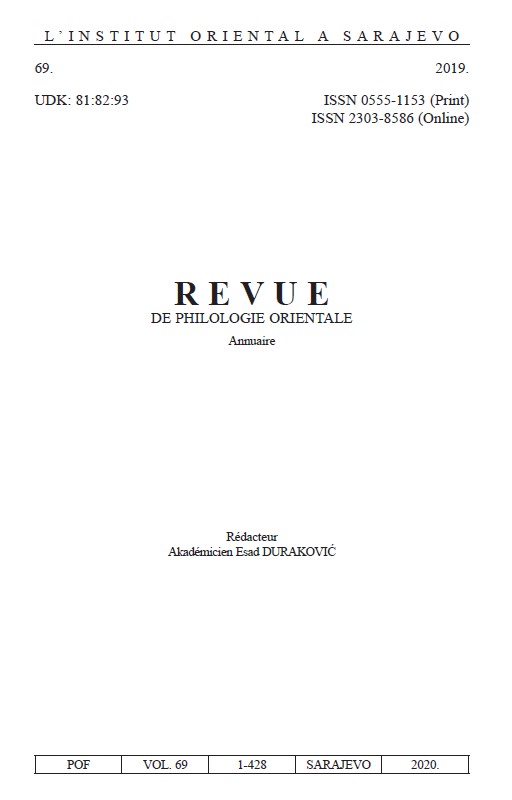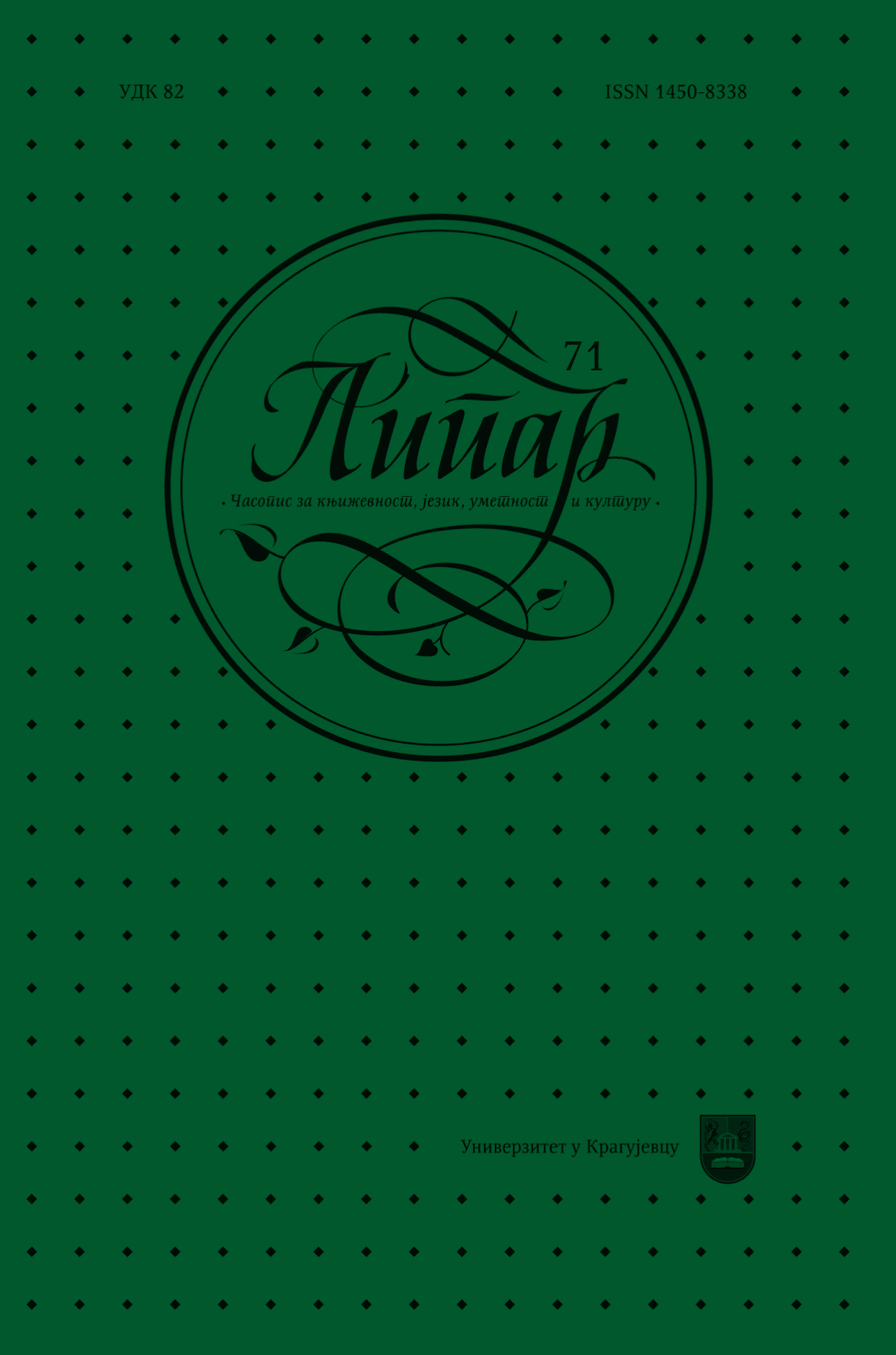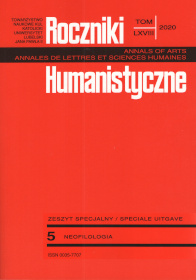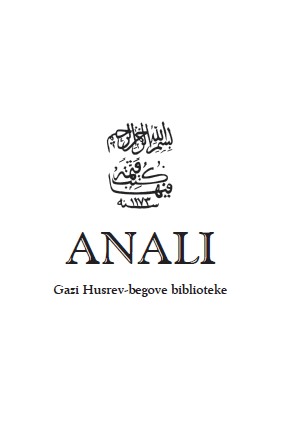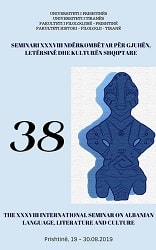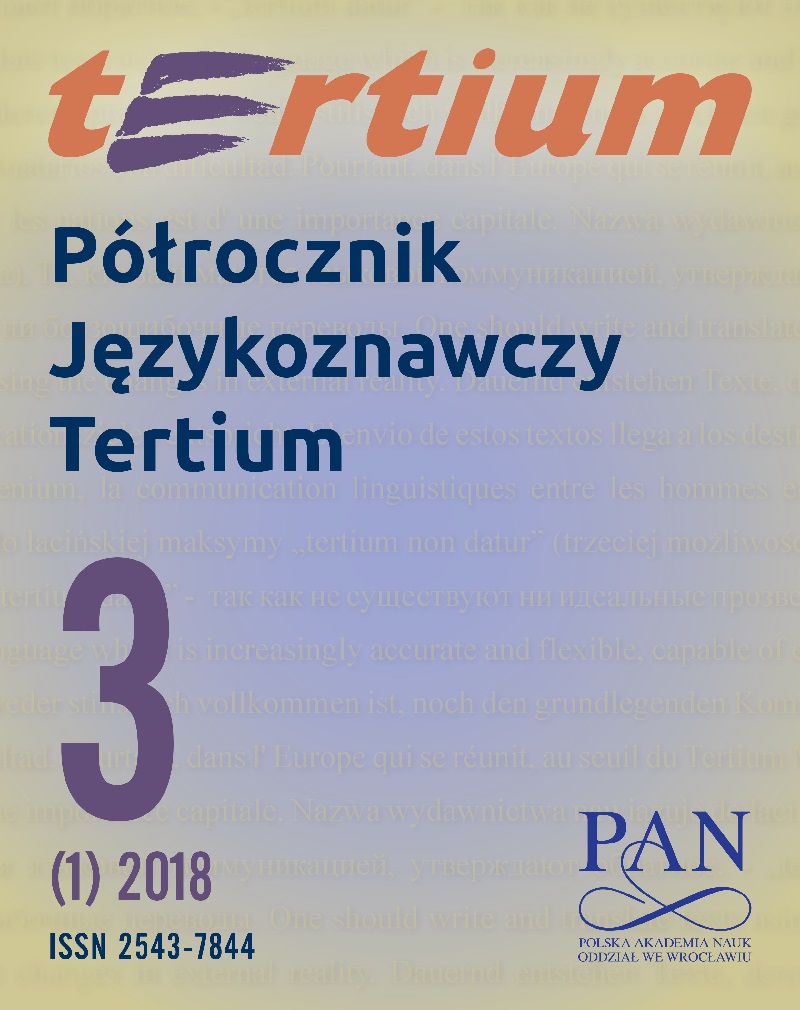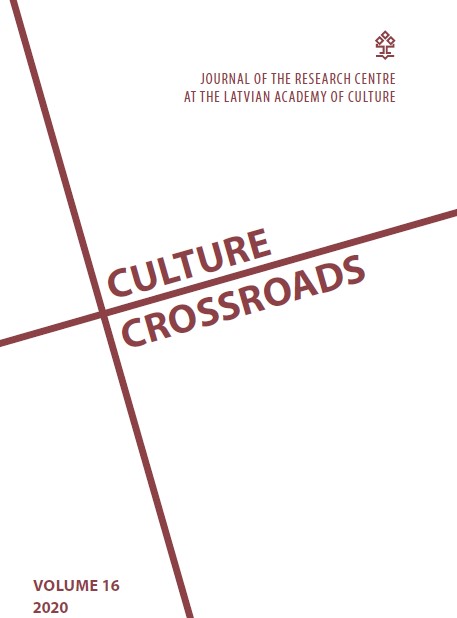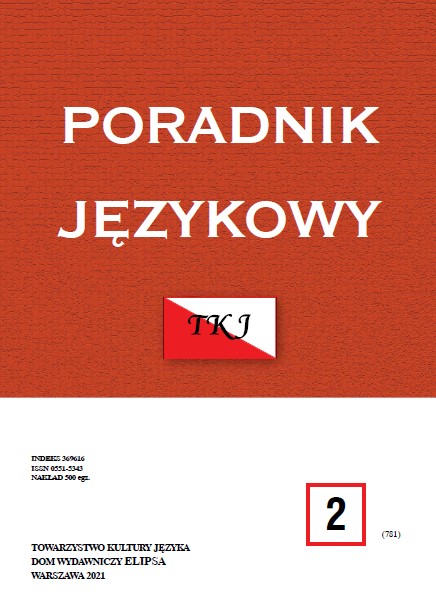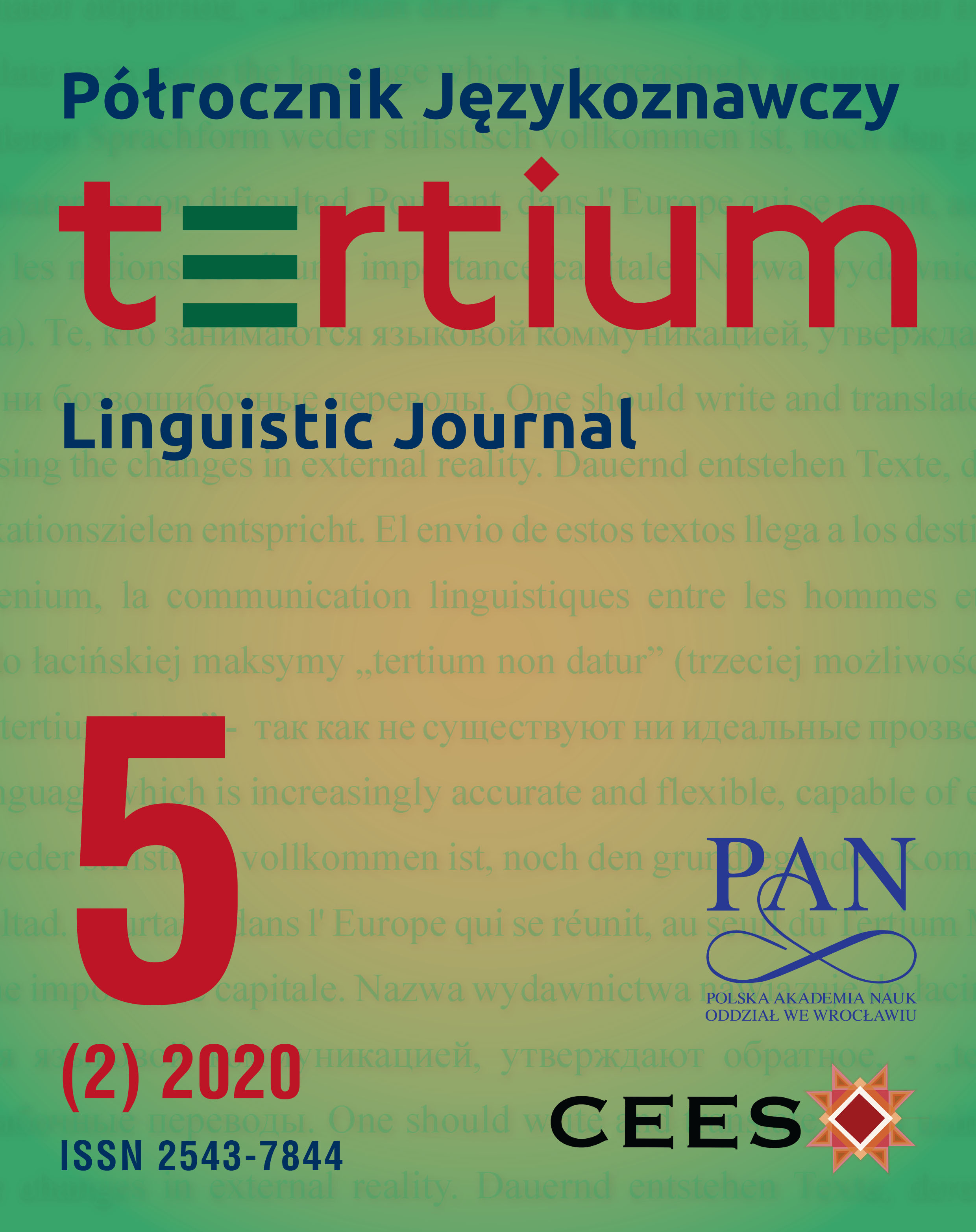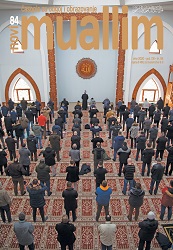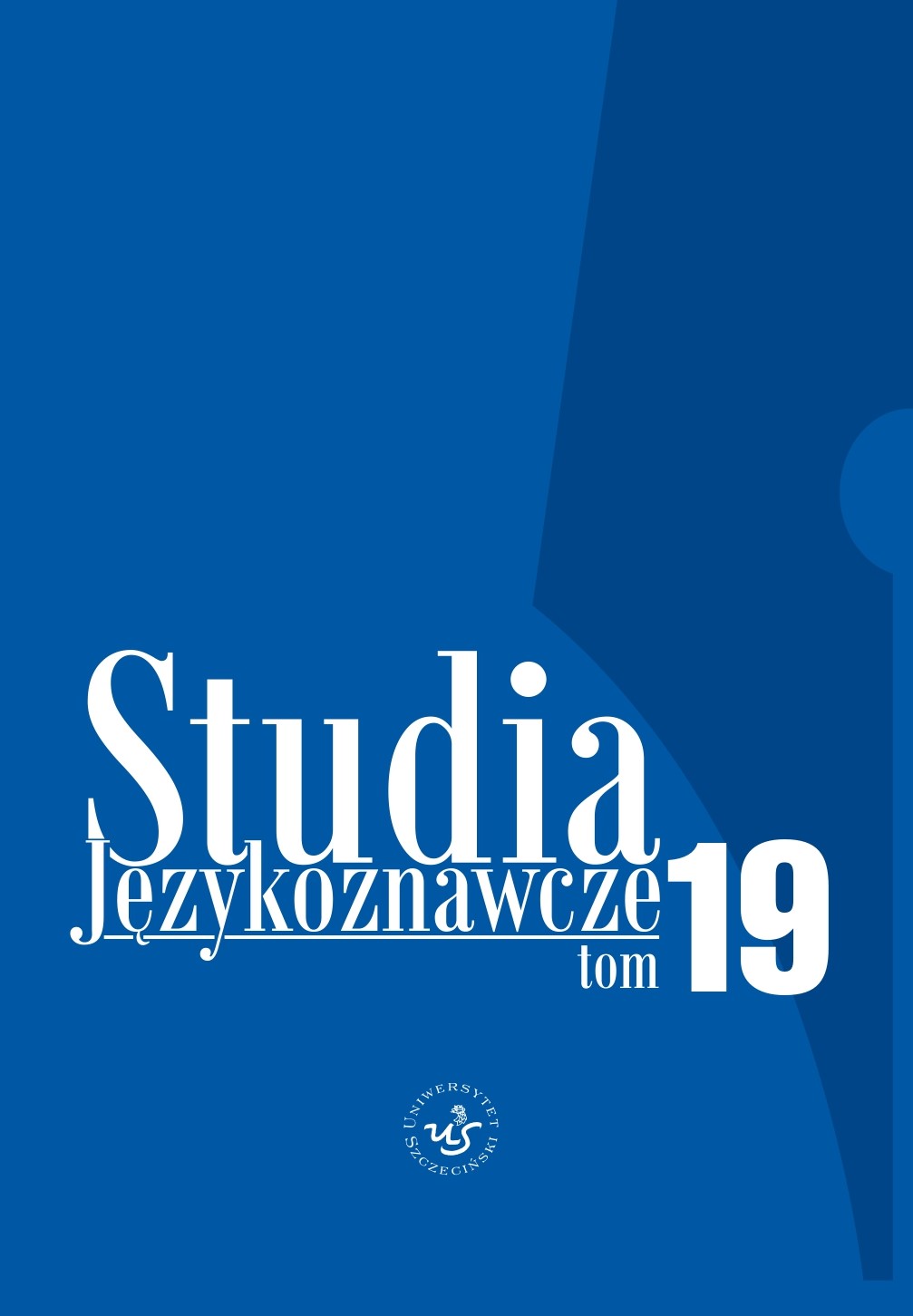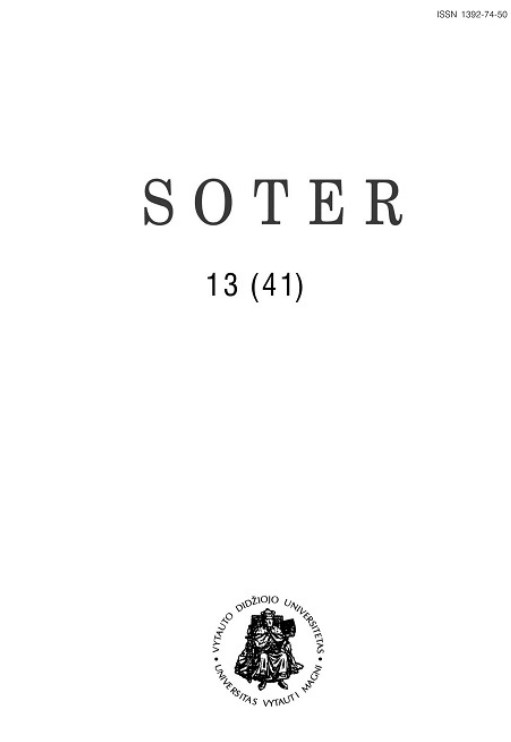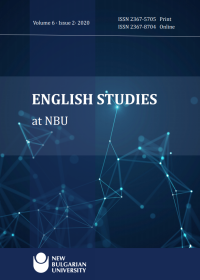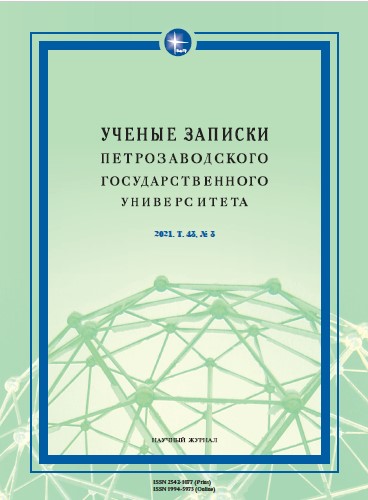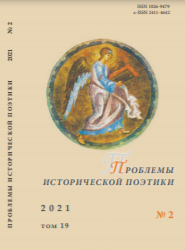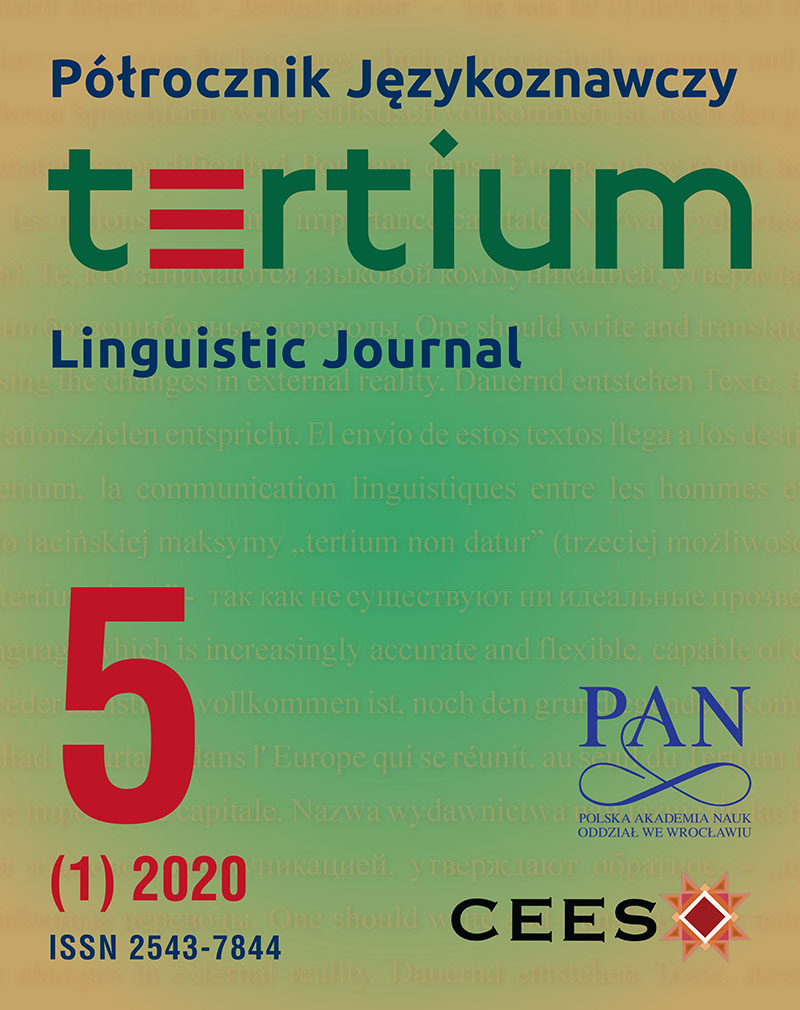
Radical Communication Style of Contemporary Polish Reportage (on the Basis of "Abchazja" by Wojciech Górecki)
The article deals with the radical style of communication in contemporary Polish reportage based on the text Abchazja by Wojciech Górecki. The author attempts to present the syntactic features of the text in question in the light of radicalism and to locate the genre of reportage between literary, journalistic and scientific research based on the findings of the following authorities: Kazimierz Wolny-Zmorzyński, Andrzej Kaliszewski and Wojciech Furman. The meaning of the term reportage is defined using the definitions of Janusz Sławiński, Czesław Niedzielski and Julian Maślanka. In her work, the author uses the traditional syntactic model of Zenon Klemensiewicz, and Stanisław Jodłowski, and following to the postulates of Maria Kniagininowa, and Marek Ruszkowski she extracts a sample of 200 statements from the narrative constructions of the text. She analyzes in detail the relations between narrative and dialogue, simple and complex, verbal and verbless, paratactic, and hypotactic statements. She also focuses on the stylistic functions of syntactic constructions. As a result, in the reportage Abchazja the author observes 1) the reporting syntactic tendency, 2) dynamic as an important stylistic feature, 3) journalistic style predominance.Artykuł traktuje o radykalnym stylu komunikacji we współczesnym polskim reportażu na podstawie tekstu Abchazja Wojciecha Góreckiego. Autorka podejmuje próbę przedstawienia syntaktycznych cech omawianego tekstu w świetle radykalizmu oraz zlokalizowania gatunku reportażu pomiędzy literackością, publicystyką i naukowością na podstawie ustaleń autorytetów, takich jak: Kazimierz Wolny-Zmorzyński, Andrzej Kaliszewski oraz Wojciech Furman. Ramy znaczeniowe terminu reportaż określa, posiłkując się definicjami Janusza Sławińskiego, Czesława Niedzielskiego oraz Juliana Maślanki. W swojej pracy używa tradycyjnego modelu składniowego Zenona Klemensiewicza i Stanisława Jodłowskiego, a zgodnie z postulatami Marii Kniagininowej oraz Marka Ruszkowskiego spośród konstrukcji narracyjnych tekstu dokonuje doboru próby równej 200 wypowiedzeń. W szczegółowy sposób analizuje relacje procentowe zachodzące pomiędzy wypowiedzeniami narracyjnymi a dialogowymi, pojedynczymi a złożonymi, werbalnymi a niewerbalnymi oraz parataktycznymi a hipotaktycznymi. Zwraca uwagę na funkcje stylistyczne, jakie pełnią poszczególne konstrukcje syntaktyczne. W rezultacie autorka tekstu zauważa w reportażu Abchazja 1) tendencję do budowania składni sprawozdawczej, 2) dynamizację tekstu jako ważną funkcję stylistyczną, 3) przewagę stylu dziennikarskiego w kształtowaniu cech omawianego reportażu.
More...
